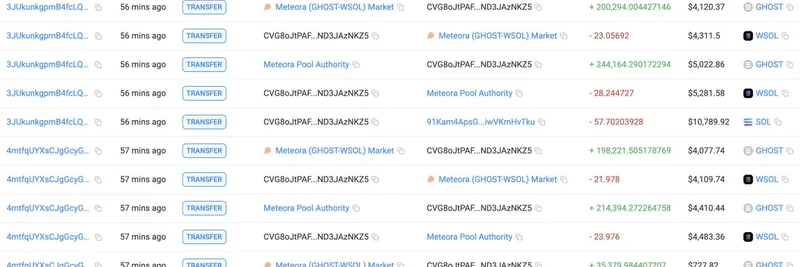In the fast-paced world of cryptocurrency, launching a meme token isn't just about creating buzz—it's about strategic placement. A recent tweet from crypto investor Kyle (@0xkyle__) highlights a key consideration that many teams overlook: the blockchain chain where you launch your token can make or break its success. Think of it like choosing a centralized exchange (CEX) for listing— it directly influences who invests and how liquid your token becomes.
Kyle, a first-principled investor at Defiance Capital, shared his thoughts on X: "more teams should put more thought into where they launch a token, because it determines your investor base / liquidity base, equivalent to which 'CEX' u want to list on. there's probably something worth 100m on Optimism, but I'm never gonna buy it, bc it's on Optimism."
This statement resonates deeply in the meme token community, where accessibility and community vibes often drive adoption. Let's break it down and explore why chain selection is a game-changer for meme projects.
The Impact of Chain Choice on Investor Base
When you launch a meme token, you're essentially inviting investors to your party. But if the venue is hard to reach or unpopular, fewer people show up. Kyle's point about Optimism—a layer-2 scaling solution on Ethereum—illustrates this perfectly. Optimism offers lower fees and faster transactions compared to Ethereum mainnet, but it hasn't captured the same hype as chains like Solana or Base.
For meme tokens, which thrive on viral momentum and retail participation, being on a "hot" chain matters. Solana, for instance, has become a meme token haven due to its speed, low costs, and a vibrant ecosystem of traders. Projects like Dogwifhat or Bonk exploded because they were easy to buy and trade on Solana wallets like Phantom. In contrast, launching on a less-trafficked chain like Optimism might limit your exposure to a smaller, more niche crowd.
Replies to Kyle's tweet echo this sentiment. One user noted, "accessibility more important than tek," emphasizing that user-friendly access trumps advanced technology. Another quipped, "Imagine running something on Optimism in 2025," highlighting how perceptions of certain chains can deter investors.
Liquidity: The Lifeblood of Meme Tokens
Liquidity refers to how easily a token can be bought or sold without massive price swings. It's crucial for meme tokens, which often see wild volatility. Launching on a chain with deep liquidity pools—think Ethereum's Base or Arbitrum—means better price stability and more trading volume.
Kyle compares chain selection to CEX listings because both determine your "distribution strategy." A CEX like Binance brings global reach, while a chain like Base (built by Coinbase) taps into a massive user base familiar with easy onboarding. As one reply pointed out, "when you launch on a particular chain (say optimism), you inherit the Optimism-native community and liquidity depth which attracts market makers and capital flows."
High gas fees on chains like Ethereum mainnet can be a barrier, as another user complained: "i wont buy any stuff on dex if i need to pay 100$ gas." For meme tokens aiming for mass adoption, chains with minimal fees like Solana or Base are ideal.
Top Chains for Meme Token Launches in 2025
Based on community feedback and market trends, here are some recommended chains for launching meme tokens:
- Solana: King of memes with lightning-fast transactions and tools like Pump.fun for easy launches. Perfect for viral, community-driven projects.
- Base: Ethereum-compatible with low fees, backed by Coinbase's ecosystem. Great for memes targeting U.S. audiences.
- Arbitrum: Another Ethereum layer-2 with strong DeFi integration, offering scalability without sacrificing security.
- Ethereum Mainnet: Still viable for premium projects, but high fees make it less meme-friendly unless you're going for blue-chip status.
Avoid chains like Optimism if your goal is broad appeal—unless your meme token ties into its specific tech or community.
Lessons for Meme Token Creators
Kyle's tweet is a wake-up call: Don't just build a fun meme; strategize your launch like a business. Research investor preferences, analyze liquidity on different chains, and align with where the action is. Tools like DexScreener or Dune Analytics can help scout chain activity.
In the end, meme tokens succeed when they're accessible, liquid, and fun. By choosing the right chain, you're not just launching a token—you're positioning it for explosive growth. What are your thoughts on chain selection? Drop a comment below or share your favorite meme launch stories.
For more insights on meme tokens and blockchain trends, stay tuned to Meme Insider.

